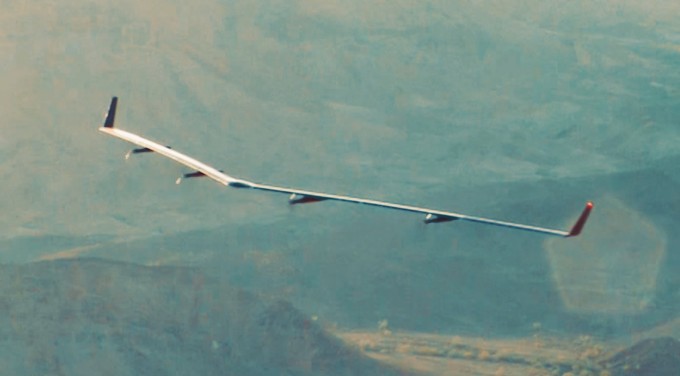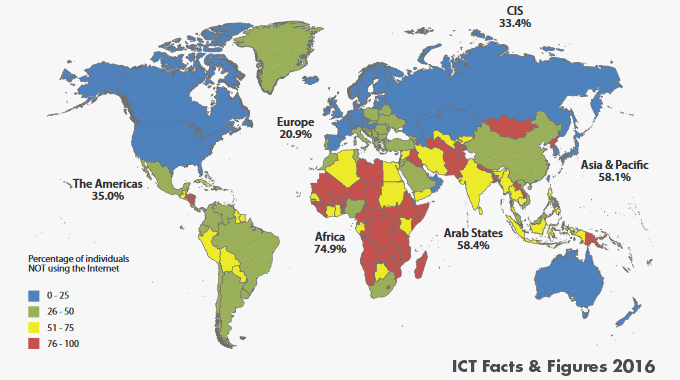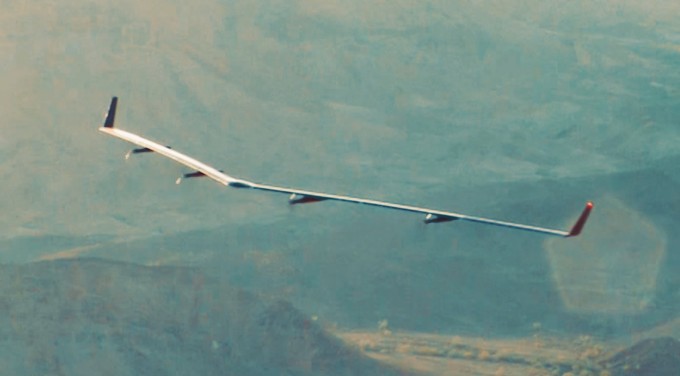A solar-powered unmanned airplane built by Facebook designed to play a role in providing affordable internet access to remote regions has had its first test flight.
Aquila is massive - it has a wingspan bigger than a Boeing 737 airplane but weighs far less due to its design and a carbon-fiber frame that mass-for-mass is stronger than steel.
Around half of the aircraft's weight is in batteries, which will power Aquila during the night. The solar cells covering the craft will power it during the day and charge the battery bank. Because Aquila will fly at such a high altitude, sun-blocking cloud will never be a problem.

Aquila will be part of a fleet of drones flying at altitudes of between around 18,000 metres and 27,000 metres; beaming internet signals to people within a 100 kilometre communications diameter for up to nearly 3 months at a time.
Laser communications will enable transmissions between aircraft in the fleet, and e-band technology will beam connectivity from the drones to receivers on the ground.
While Facebook is very pleased with Aquila's successful test flight, the company acknowledges a long road ahead in order to achieve its goals.
"In fact, to reach our goal of being able to fly over a remote region and deliver connectivity for up to three months at time, we will need to break the world record for solar-powered unmanned flight, which currently stands at two weeks."
The project is being developed by Facebook's Connectivity Lab, which is creating various solutions to make affordable internet access possible in underserved communities around the world.
There's certainly a need for the technology. The UN's specialized agency for information and communication technology, ITU, released a report a couple of days ago indicating 3.9 billion people around the world still do not have internet access.
Developed countries account for the vast majority of internet users (2.5 billion). Internet penetration has reached 81% in developed countries, 40% in developing countries and just 15% in the least developed countries.

ITU Secretary-General Houlin Zhao said access to broadband has the potential to serve as a major accelerator of the 2030 Agenda for Sustainable Development.
"Global interconnectedness is rapidly expanding, however more needs to be done to bridge the digital divide and bring the more than half of the global population not using the Internet into the digital economy,” said Secretary-General Zhao.
While much of Australia has internet access, many Australians still don't experience the speeds or reliability needed to fully participate in an ever-increasing online world.
Rollout of symmetrical, truly high speed internet access for homes and businesses without NBN access (or who don't want the NBN) is under way through services such as Lightning Broadband; which uses a mix of fibre broadband and wireless technology.



